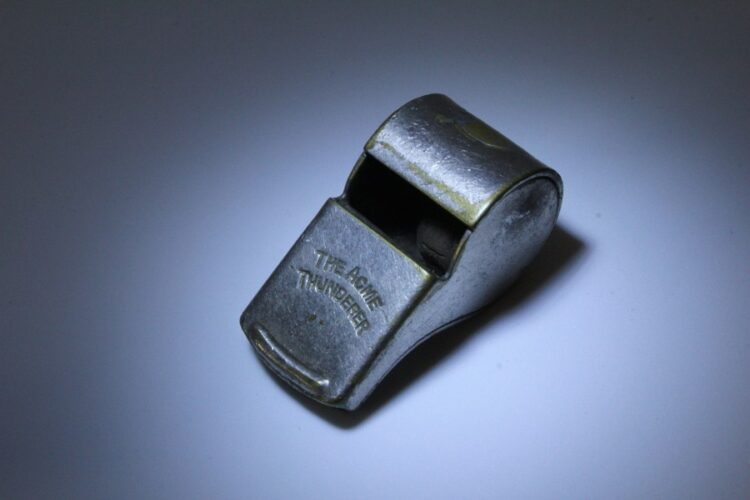You know that satisfying hum your car makes when it’s running smoothly? That harmony depends on a small but mighty part called the drive belt. It keeps essential components—like your alternator, air conditioner, and power steering—running in sync. But when it starts to wear out, an expert car accident attorney says the results can range from a minor inconvenience to a full-blown roadside breakdown and road mishap. Most of us overlook this unsung hero of the engine until it’s too late. If you’ve ever been stuck on the shoulder waiting for a tow truck, you know how quickly a normal commute can turn into a nightmare. Let’s look at the telltale signs that your drive belt is on its last legs—before it leaves you stranded.
1. Squealing or Chirping Noises Under the Hood
That high-pitched squeal when you start your car or accelerate? It’s not your vehicle trying to sing—it’s a cry for help. The noise usually means your drive belt is slipping or misaligned due to wear and tear.
Sometimes, it’s caused by moisture or oil contamination, but if it happens often, the belt may have stretched or the tensioner may be failing. Either way, ignoring it can lead to bigger issues. Think of it as your engine’s way of saying, “Hey, something’s wrong here!”
2. Visible Cracks or Fraying
If you’re comfortable popping the hood, take a look at the drive belt. Modern belts are made from tough synthetic rubber, but they don’t last forever. Look for cracks, splits, or frayed edges. You might even see missing chunks or a glazed, shiny surface—both red flags.
A belt in this condition is living on borrowed time. The friction that powers your accessories will eventually cause them to snap. And when that happens, your alternator stops charging, your power steering goes stiff, and your car may overheat within minutes.
3. Flickering Lights or Electrical Glitches
Your drive belt powers the alternator, which keeps the battery charged and the electrical system running. So, if your headlights flicker, the dashboard dims, or your radio cuts out intermittently, your belt could be slipping.
Many people assume it’s a battery issue, but often the belt is the true culprit. If you notice electrical hiccups along with any of the other symptoms on this list, don’t brush them off—it’s time for an inspection.
4. Power Steering Feels Heavy
If turning your steering wheel suddenly feels like you’re arm-wrestling your own car, that’s a serious clue. Most vehicles with hydraulic power steering rely on the drive belt to operate the pump.
When the belt slips or begins to fail, you lose that easy steering feel. This can make driving not only exhausting but also unsafe, especially in tight spaces or heavy traffic. If your morning commute feels like a workout, the drive belt might be the hidden reason.
5. Engine Overheating
Another warning sign comes straight from your temperature gauge. The drive belt powers the water pump, which circulates coolant through the engine. If the belt fails, your cooling system stops working, and your engine will start to overheat rapidly.
If you ever see the temperature needle climbing fast, pull over safely and shut off the car. Continuing to drive could cause major damage; think warped heads or even a blown engine.
6. Strange Smells From the Engine Bay
A burnt rubber smell during your commute isn’t something to ignore. It usually means your drive belt is slipping on pulleys and generating excess heat. Over time, this friction weakens the belt material, making it brittle and more likely to fail.
If it smells like something’s burning every time you drive, get your car checked immediately. It’s better to spend a few minutes at a repair shop than hours waiting for a tow truck.
Stay Ahead of a Breakdown
Drive belts don’t usually fail overnight—they give plenty of warning signs. Most should be replaced every 60,000 to 100,000 miles, depending on your car and driving conditions. The best habit you can form is to check your belt at every oil change.
Listen for squeals, watch for wear, and pay attention to performance changes. These small observations can save you time, money, and frustration down the road.
Conclusion: Don’t Ignore the Signs—And Know Your Options if Trouble Strikes
A failing drive belt might seem like a minor issue, but it can quickly escalate into major problems if ignored. From losing power steering to an overheated engine, a snapped belt can ruin your day and your commute. If your car breaks down and it leads to an accident or injury—especially one caused by a mechanical failure you couldn’t predict—consulting an expert car accident attorneycould help you understand your rights and options. Whether it’s seeking compensation for damages or navigating insurance claims, having professional legal guidance can make a world of difference. So, keep an ear out for those squeals, check your belt regularly, and drive with peace of mind knowing you’re one step ahead of a breakdown.









